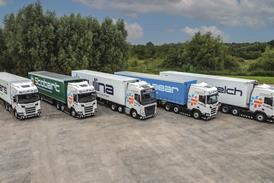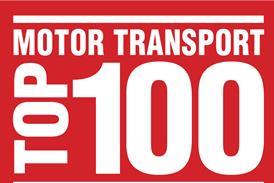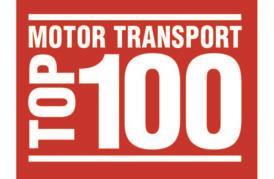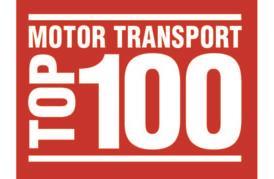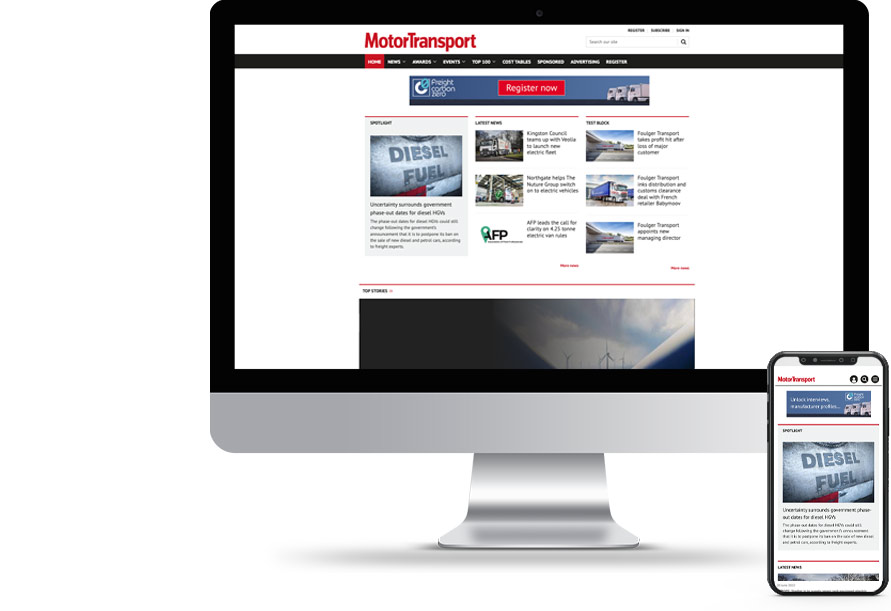Shop fitter Sigma still flat out despite upheaval of Covid-19

Sigma has been working in the retail sector for over 20 years and provides some of the high street’s biggest retailers with services including store construction and consolidation, fixture procurement and M&E installation.
This article is for registered users only
Please login or create a FREE account to read the full article
Want to read more?
Register now for free to access the full article.
To access our great content on the Motor Transport website and to get a free copy of our weekly Executive Brief newsletter.
Once registered, you’ll get access to:
- In-depth breaking news every working day of the year
- All the best careers advice for you and your business
- Profiles of every winner at the Motor Transport Awards
- The richest set of road transport industry data in the UK
- You may also be eligible for a free print or digital copy of Motor Transport


